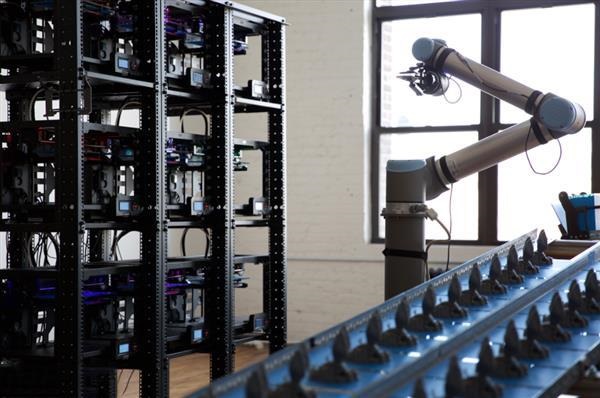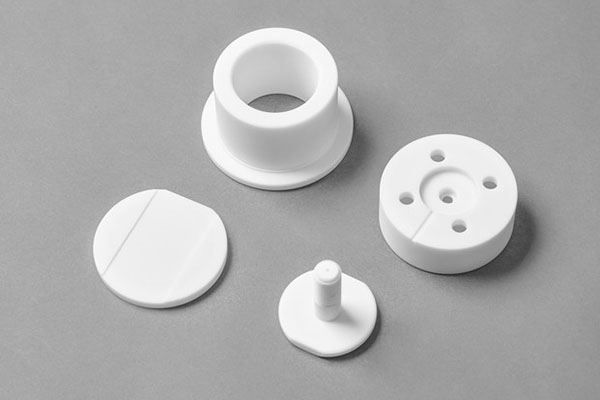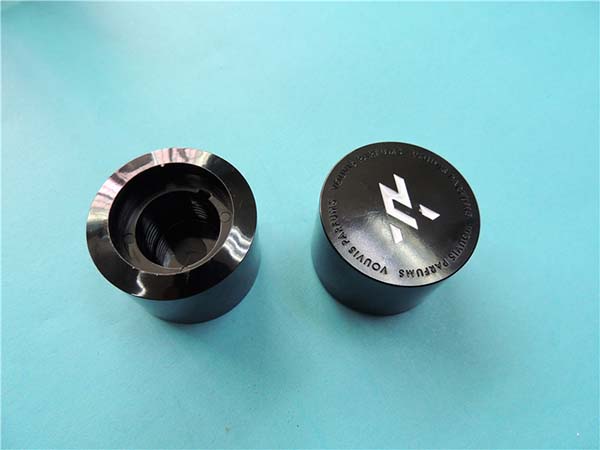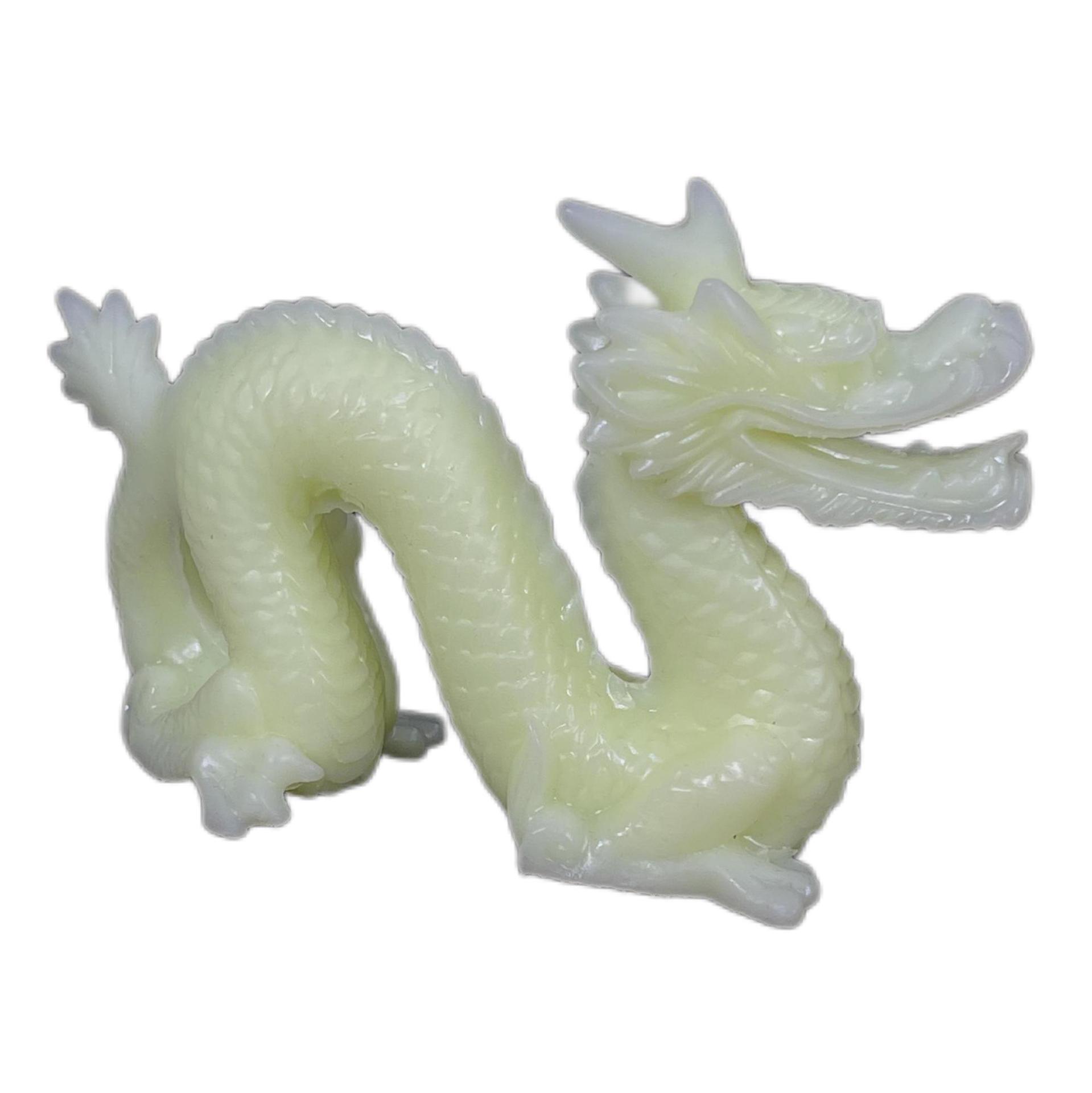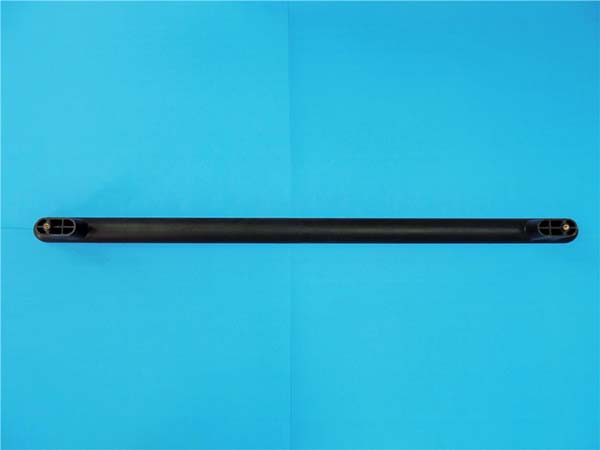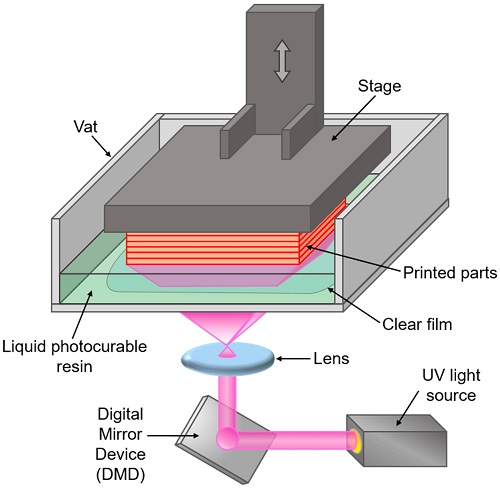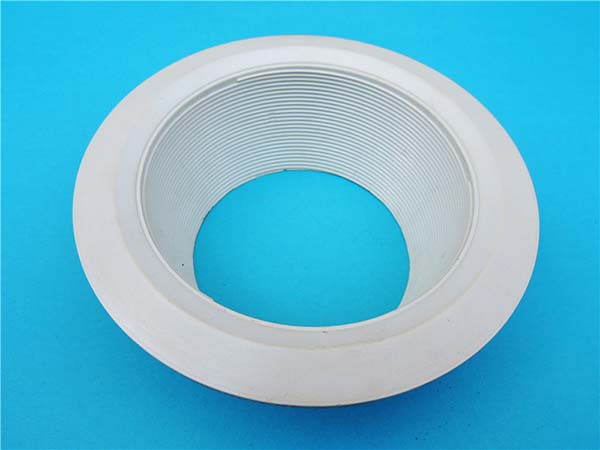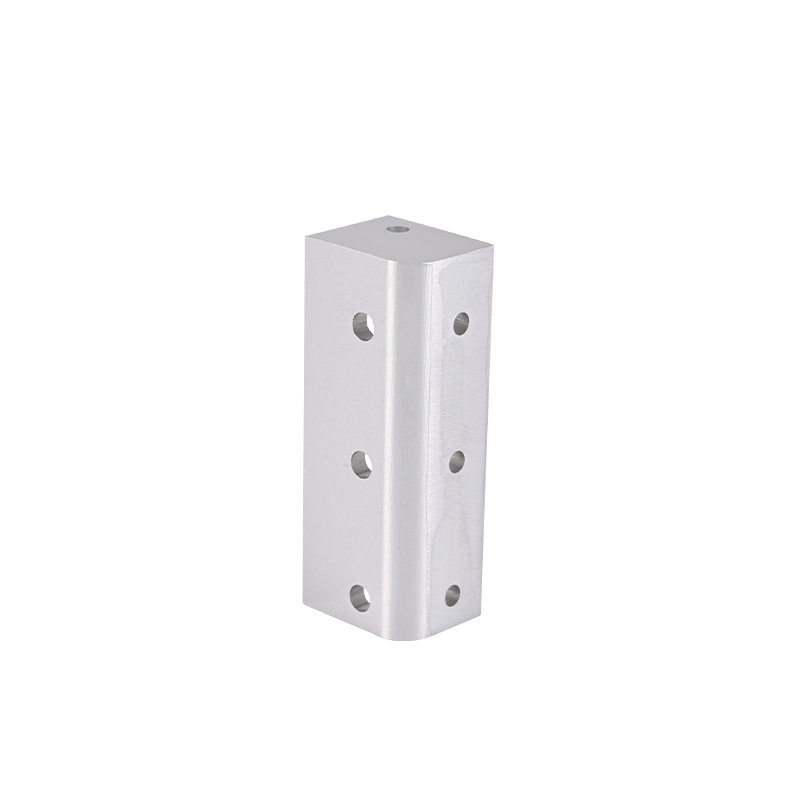yigu: In the dynamic realm of 3D printing, professionals often grapple with a plethora of challenges. How can one optimize a design for 3D printing to ensure both functionality and cost - effectiveness? What are the ideal process parameters for a specific material? How do you choose the right 3D printing equipment and manage post - processing efficiently? This article aims to demystify these pain points by delving deep into the key aspects of 3D printing, including design, process engineering, materials science, equipment, simulation, and post - processing.
1. Design for Additive Manufacturing
Unleashing the Power of Design Optimization
Design optimization lies at the heart of successful 3D printing. Traditional design rules may not apply in the world of additive manufacturing, and designers need to think differently. Topology optimization, for example, is a powerful technique that allows designers to find the optimal distribution of material within a given design space, subject to specific loads and boundary conditions. This can lead to significant weight savings without sacrificing strength. In the aerospace industry, components designed with topology optimization can be up to 50% lighter than their conventionally designed counterparts, reducing fuel consumption and emissions.
Lattice Structures: A Game - Changer in Design
Lattice structures are another fascinating aspect of 3D printing design. These intricate, lightweight structures can be used to create parts with high strength - to - weight ratios, excellent energy absorption capabilities, and unique aesthetic appeal. In medical implants, lattice structures are designed to mimic the natural porosity of bone, promoting better integration with the body. They also reduce the amount of material used, making the implants more cost - effective to produce.
Generative Design: Let the Computer Do the Creativity
Generative design takes design optimization a step further. By inputting design goals, constraints, and performance criteria, generative design software explores thousands of possible design solutions and presents the best options to the designer. This approach not only speeds up the design process but also unlocks innovative designs that may not be possible with traditional design methods. For example, in automotive design, generative design can create complex, lightweight parts that improve vehicle performance and fuel efficiency.
The Role of CAD Software and Parametric Modeling
CAD (Computer - Aided Design) software is the backbone of 3D printing design. It allows designers to create, modify, and visualize 3D models with precision. Parametric modeling, a feature in many CAD software, enables designers to define relationships between different design parameters. This means that changing one parameter will automatically update all related features in the model. For instance, if you're designing a series of products with different sizes but similar shapes, parametric modeling can save a significant amount of time and effort.
Design for Functionality, Assembly, and Performance
When designing for 3D printing, functionality should be a top priority. Designers need to consider how the part will be used, what forces it will withstand, and how it will interact with other components. Design for assembly (DFA) principles also come into play, as 3D - printed parts may need to be assembled with other components. By designing parts with ease of assembly in mind, manufacturers can reduce production time and costs. Additionally, design for performance ensures that the final product meets the required performance standards, whether it's strength, heat resistance, or other properties.
2. Process Engineering
Mastering Process Control and Parameters
Process control is crucial in 3D printing to ensure consistent quality. Process parameters, such as temperature, printing speed, layer thickness, and extrusion rate, need to be carefully optimized for each material and printer. For example, in Fused Deposition Modeling (FDM), a higher printing temperature can improve the flow of the filament but may also lead to warping if not controlled properly. By conducting thorough tests and using in - process monitoring, manufacturers can fine - tune these parameters to achieve the best results.
Layer - by - Layer Manufacturing: The Basics
3D printing builds objects layer by layer, and understanding this process is essential. The build orientation can significantly affect the strength, surface finish, and support structure requirements of the printed part. For parts with high strength requirements in a specific direction, the build orientation should be chosen accordingly. Additionally, the layer thickness determines the resolution of the print. Thinner layers result in a smoother surface finish but also increase the printing time.
Support Structures: Necessary Evil or Design Opportunity?
Support structures are often required in 3D printing to hold up overhanging parts during the printing process. However, they can also be a hassle to remove and may leave marks on the final part. Designers need to consider the placement and design of support structures carefully. In some cases, innovative design techniques can be used to minimize the need for support structures. For example, using self - supporting angles or lattice - based support structures that are easier to remove.
In - Process Monitoring and Real - Time Feedback
In - process monitoring involves using sensors to track the printing process in real - time. This can include monitoring temperature, vibration, and the thickness of each layer. Real - time feedback allows operators to make adjustments during the printing process, reducing the risk of errors and improving the overall quality of the print. For example, if the sensor detects a deviation in the layer thickness, the printer can automatically adjust the extrusion rate to correct the issue.
Process Simulation: Predicting the Outcome
Process simulation software allows manufacturers to predict how a part will be printed before actually running the print. This can save a significant amount of time and material by identifying potential issues, such as warping, shrinkage, or incorrect support structure placement. By running simulations, manufacturers can optimize the print process and reduce the number of failed prints.
3. Materials Science
Making the Right Material Selection
Material selection is a critical decision in 3D printing. Different materials have unique properties, and choosing the right one depends on the application requirements. For example, polymers like PLA (Polylactic Acid) are easy to print and biodegradable, making them suitable for hobby projects and some consumer products. On the other hand, polymers like ABS (Acrylonitrile - Butadiene - Styrene) are more durable and heat - resistant, ideal for automotive and electronic applications.
Understanding Material Properties
Material properties such as strength, flexibility, heat resistance, and chemical resistance play a crucial role in determining the suitability of a material for a particular application. In metal 3D printing, for instance, titanium alloys are preferred for aerospace and medical applications due to their high strength - to - weight ratio and biocompatibility. Aluminum powders, on the other hand, are used in applications where lightweight and good thermal conductivity are required, such as in electronics cooling.
Powder Metallurgy and Polymer Materials in 3D Printing
Powder metallurgy is a key process in metal 3D printing, where metal powders are fused together using techniques like laser sintering or electron beam melting. Polymer materials, as mentioned earlier, are widely used in various 3D printing technologies. The development of new polymer materials with enhanced properties, such as high - temperature resistance or improved mechanical strength, is an active area of research.
Composite Materials: Combining the Best of Both Worlds
Composite materials, which combine two or more materials to achieve enhanced properties, are also gaining popularity in 3D printing. Carbon - fiber - reinforced materials, for example, offer high strength and low weight, making them suitable for applications in aerospace, automotive, and sports equipment. By carefully selecting the matrix and reinforcement materials, manufacturers can tailor the properties of the composite to meet specific application requirements.
Material Characterization and Testing
Material characterization involves analyzing the physical and chemical properties of materials. This is essential to ensure that the material meets the required specifications. Material testing, such as tensile testing, impact testing, and hardness testing, helps in determining the mechanical properties of the printed parts. By conducting thorough material characterization and testing, manufacturers can ensure the quality and reliability of their 3D - printed products.
4. Equipment and Systems
Choosing the Right 3D Printing Machine
There is a wide range of 3D printing machines available, from affordable desktop printers for hobbyists to high - end industrial - grade printers. Desktop printers, such as the Prusa i3 MK4, are great for small - scale prototyping and educational purposes. They are easy to use and relatively inexpensive. Industrial - grade printers, on the other hand, are designed for high - volume production and can handle more complex materials and larger part sizes. The EOS M 290, for example, is a metal 3D printer used in aerospace for producing precision parts.
Laser Systems and Electron Beam Systems
Laser systems are commonly used in 3D printing technologies like laser sintering and stereolithography. They provide high - energy beams that can melt or cure materials precisely. Electron beam systems, as used in electron beam melting, offer advantages such as high - speed processing and the ability to work with high - melting - point metals in a vacuum environment. The choice between laser and electron beam systems depends on factors such as the material being printed, the required precision, and the production volume.
Printer Calibration and Maintenance
Proper printer calibration is essential for accurate and consistent 3D prints. Calibration ensures that the printer's components, such as the extruder, build plate, and laser system, are working correctly. Regular maintenance, including cleaning the printer, checking for loose parts, and replacing worn - out components, is also crucial to keep the printer in good working condition. Neglecting calibration and maintenance can lead to poor - quality prints, increased downtime, and costly repairs.
Multi - Material Printers and Automated Systems
Multi - material printers allow for the use of different materials in a single print, enabling the creation of parts with unique properties. This is particularly useful in applications such as consumer products, where parts may require a combination of rigid and flexible materials. Automated systems, on the other hand, can increase production efficiency by reducing the need for manual intervention. They can handle tasks such as material loading, printing, and post - processing, making them suitable for high - volume production environments.
Safety Systems and Equipment Upgrades
Safety systems in 3D printers are designed to protect operators from potential hazards, such as high temperatures, laser radiation, and toxic fumes. These systems include features like emergency stop buttons, safety enclosures, and ventilation systems. As technology evolves, equipment upgrades may be necessary to improve the performance and capabilities of the 3D printer. Upgrades can include software updates, hardware replacements, or the addition of new features, such as improved sensors or higher - resolution printing capabilities.
5. Simulation and Modeling
Computational Modeling and Finite Element Analysis
Computational modeling, particularly finite element analysis (FEA), is a powerful tool in 3D printing. FEA allows engineers to simulate the mechanical behavior of 3D - printed parts under different loads and conditions. By running FEA simulations, they can predict stress concentrations, deformation, and failure modes, enabling them to optimize the design and ensure the part's performance. For example, in the design of a 3D - printed bracket for an industrial application, FEA can help determine the optimal thickness and shape to withstand the expected loads.
Thermal and Mechanical Simulation
Thermal simulation is crucial in understanding how heat is generated and dissipated during the 3D printing process. This is important as excessive heat can cause warping, cracking, or other defects in the printed part. Mechanical simulation, in addition to FEA, can also be used to analyze the dynamic behavior of the part, such as its response to vibrations or impacts. By combining thermal and mechanical simulations, manufacturers can develop a more comprehensive understanding of the part's performance and make informed design decisions.
Material Flow Simulation and Process Modeling
Material flow simulation helps in predicting how materials flow during the 3D printing process. In FDM, for example, it can simulate the extrusion of the filament through the nozzle and its deposition on the build plate. Process modeling, on the other hand, encompasses the entire 3D printing process, from design to post - processing. By creating accurate process models, manufacturers can optimize the printing process, reduce cycle times, and improve the quality of the final product.
Predictive Analytics and Virtual Prototyping
Predictive analytics uses historical data and statistical algorithms to predict future outcomes. In 3D printing, it can be used to predict the likelihood of print failures, estimate the remaining lifespan of printer components, or forecast the demand for certain types of 3D - printed parts. Virtual prototyping, which involves creating digital models of the product and simulating its performance, can save time and money by allowing designers to test and refine the design before physical prototyping.
7. Post - Processing and Finishing
Surface Treatment and Heat Treatment
Surface treatment is often necessary to improve the surface finish and appearance of 3D - printed parts. Techniques such as sanding, polishing, and chemical etching can be used to smooth the surface and remove any rough spots or layer lines. Heat treatment, on the other hand, can be used to improve the mechanical properties of the part. For example, annealing can relieve internal stresses in metal parts, improving their ductility and toughness.
Machining, Polishing, and Coating
Machining may be required to achieve tight tolerances or to create specific features that cannot be easily printed. Polishing further enhances the surface finish, making the part more aesthetically pleasing. Coating can be applied to provide additional protection, such as corrosion resistance or improved wear resistance. In the aerospace industry, for example, 3D - printed parts may be coated with a protective layer to withstand harsh environmental conditions.
Deburring and Support Removal
Deburring is the process of removing any sharp edges or burrs that may have formed during the printing process. Support removal, as mentioned earlier, is an important step in post - processing, especially for parts with complex geometries. There are various methods for support removal, including manual removal, using solvents, or through mechanical means. The choice of method depends on the material used and the complexity of the support structure.
Post - Processing Optimization
Post - processing optimization involves finding the most efficient and cost - effective way to perform post - processing operations. This may involve selecting the right combination of post - processing techniques, optimizing the sequence of operations, or using automated post - processing equipment. By optimizing post - processing, manufacturers can reduce production time, improve the quality of the final product, and lower costs.
Yigu Technology's Perspective
Yigu Technology, as a custom plastic and metal parts manufacturer, understands the importance of every aspect of 3D printing. We leverage the latest design techniques, such as generative design and topology optimization, to create parts that are not only functional but also cost - effective. Our expertise in material selection and process engineering allows us to choose the right materials and optimize the printing process for each project. We also invest in high - quality 3D printing equipment and continuously upgrade our technology to ensure the best results for our clients.
FAQ
- How do I start optimizing my design for 3D printing?
Begin by understanding the capabilities and limitations of the 3D printing technology you'll be using. Then, explore design optimization techniques such as topology optimization and generative design. Use CAD software with parametric modeling features to make design changes easily.
- What are the most common post - processing techniques for 3D - printed metal parts?
Common post - processing techniques for metal parts include heat treatment to improve mechanical properties, machining for tight tolerances, surface treatment such as sandblasting or polishing for better surface finish, and support removal, which can be done manually or using chemical solvents.
- How can I ensure the quality of 3D - printed parts during the printing process?
Use in - process monitoring sensors to track parameters like temperature, layer thickness, and vibration. Conduct process simulations before printing to identify potential issues. Regularly calibrate and maintain your 3D printer to ensure accurate and consistent performance.
